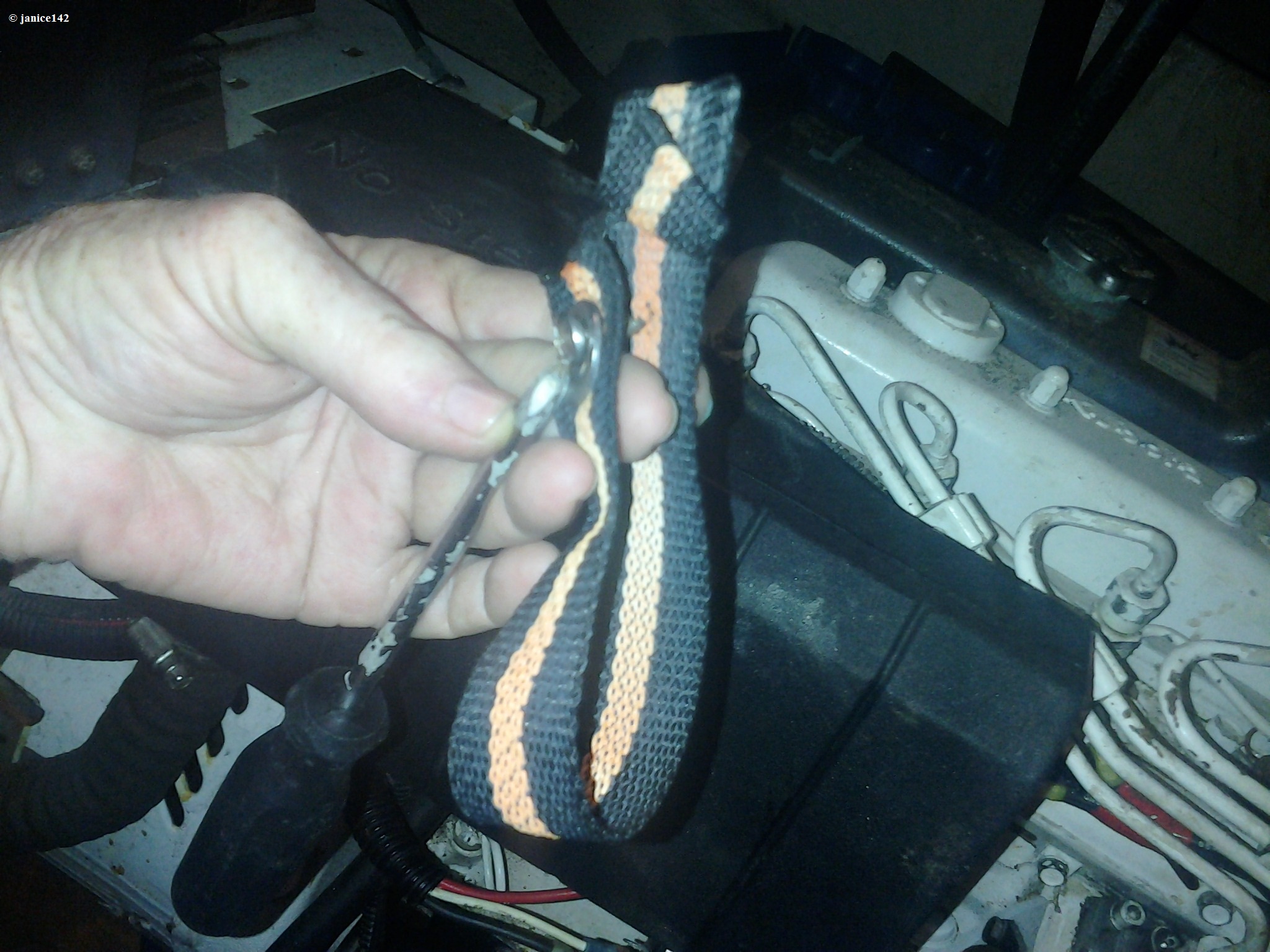I have replaced an AC init in my boat with a MarinAire 16,000 system. In general - very happy with it, and thrilled with the assistance I have received when calling them for support.
Last week, the fan motor died. They sent me a new one. I installed it, but now only the low fan speed works. At this point, the 7 pin connector on the wiring harness isn't making connection on the med. and high fan speed connections. I might be able to bend/crimp pins to get them to connect, but would be suspicious of that long term, especially if I ever need to unplug/plug the harness in the future.
I'd like to remove that connector and replace it with something.
Would it be BAD to remove the connector, and replace it with insulated male / female spade connectors on each wire? It would be a mess of 7 wires, but the bundle could be zip tied. The connection will ultimately be protected in a cabinet, so shouldn't be bothered, and it would allow me to disconnect and remove the fan for servicing if needed.
I'm pretty sure I will hear that spades are ok for going onto solid terminals permanently mounted to a board or motor, but probably not intended for free floating AC connections (the fan is 110V, about 1A load on high speed).
I could replace the connector with a terminal strip - but a proper 8 connection terminal strip is huge, and would need to be at least mounted somethere, and covered, and preferably protected in a box, and would be a pain if I ever need to disconnect the fan.
Any other suggestions of how to replace the 8 pin connector with something reliable? (I'm not happy with the custom type, never saw it before, and don't have a picture, sorry - but not one I would go back to, so not sure it's relevant.) I'm sure there are molex connectors out there - but that would require special crimers, pins, etc, and seems more painful than the terminal block...
Last week, the fan motor died. They sent me a new one. I installed it, but now only the low fan speed works. At this point, the 7 pin connector on the wiring harness isn't making connection on the med. and high fan speed connections. I might be able to bend/crimp pins to get them to connect, but would be suspicious of that long term, especially if I ever need to unplug/plug the harness in the future.
I'd like to remove that connector and replace it with something.
Would it be BAD to remove the connector, and replace it with insulated male / female spade connectors on each wire? It would be a mess of 7 wires, but the bundle could be zip tied. The connection will ultimately be protected in a cabinet, so shouldn't be bothered, and it would allow me to disconnect and remove the fan for servicing if needed.
I'm pretty sure I will hear that spades are ok for going onto solid terminals permanently mounted to a board or motor, but probably not intended for free floating AC connections (the fan is 110V, about 1A load on high speed).
I could replace the connector with a terminal strip - but a proper 8 connection terminal strip is huge, and would need to be at least mounted somethere, and covered, and preferably protected in a box, and would be a pain if I ever need to disconnect the fan.
Any other suggestions of how to replace the 8 pin connector with something reliable? (I'm not happy with the custom type, never saw it before, and don't have a picture, sorry - but not one I would go back to, so not sure it's relevant.) I'm sure there are molex connectors out there - but that would require special crimers, pins, etc, and seems more painful than the terminal block...

